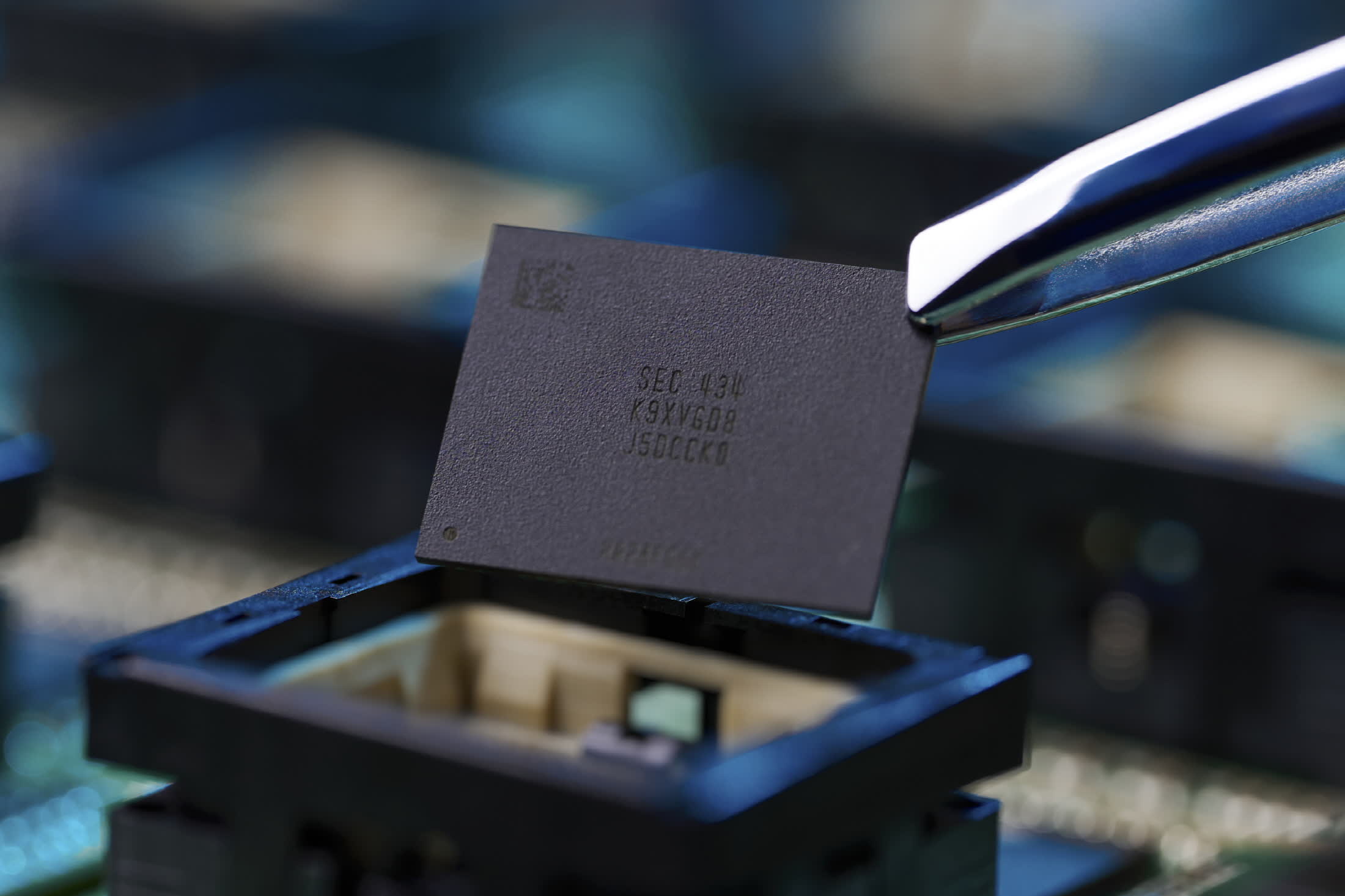In short: Samsung has actually simply started mass production of its 9th generation QLC V-NAND flash memory, and it’s more than simply a small upgrade. This development innovation assures to substantially lower SSD prices while offering a considerable efficiency increase, thanks to considerably enhanced speeds and densities.
Samsung has actually used innovative production strategies to load an outstanding 280 layers of memory cells into each chip, thanks to its ingenious “double stack” style and “Channel Hole Etching” innovation.
According to preliminary reports from January, Samsung’s brand-new 9th-generation QLC NAND chips are half denser than completing 232-layer QLC from YMTC, setting a brand-new requirement for areal density in the flash memory market. They likewise use an optimum transfer rate of 3.2 Gbps, a substantial boost from the 2.4 Gbps information rate of the previous generation. This improvement recommends that the efficiency of these brand-new chips might quickly match that of older budget plan TLC-based drives.

Samsung has actually likewise incorporated numerous innovative innovations into its brand-new QLC NAND. Developed Mold innovation improves cell harmony throughout all layers, supposedly enhancing information retention by about 20 percent. The Predictive Program system expects state modifications to lessen unneeded operations, while the Low-Power Style lowers cell voltage, cutting read and compose power usage by 30 percent and half, respectively.
These developments lead to QLC NAND with read-write accelerate to 60 percent quicker than the previous generation, while increasing general density by an outstanding 86 percent. Samsung declares that these 9th-generation QLC chips might possibly allow prices that is almost half lower than the highest-capacity SSDs presently readily available on the marketplace.

Presently, Samsung is mass-producing 1TB variations of these brand-new QLC NAND chips, at first providing them for its own top quality customer storage items. Nevertheless, the tech is anticipated to drip down to other kinds of storage in the coming months, consisting of mobile phones, PCs, servers, and cloud information centers. While not formally validated, there are likewise expectations for 16TB M. 2 SSDs in the future.
Rivals are actively advancing their own innovations too. For example, Japanese memory maker Kioxia has actually provided a roadmap to accomplish 1,000-layer 3D NAND by 2027.